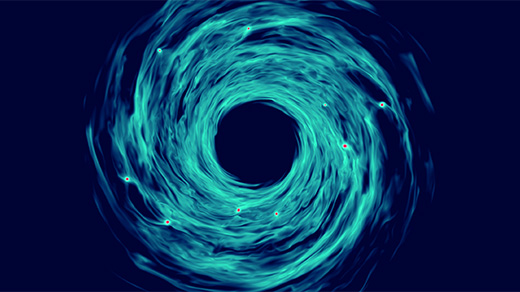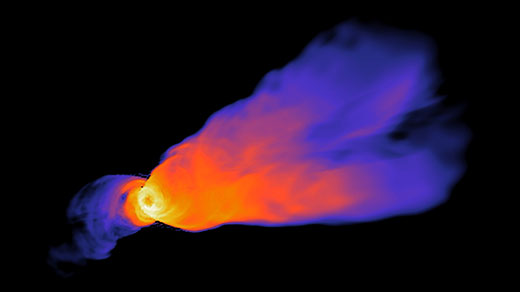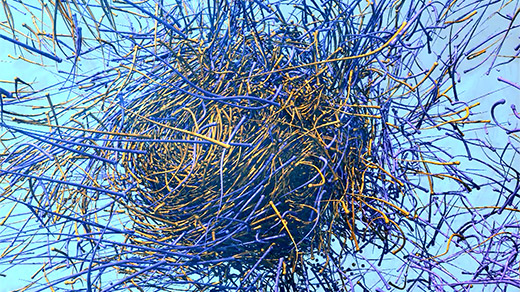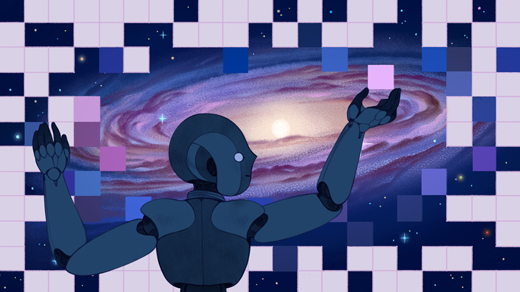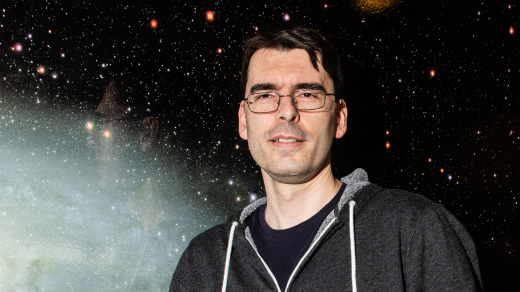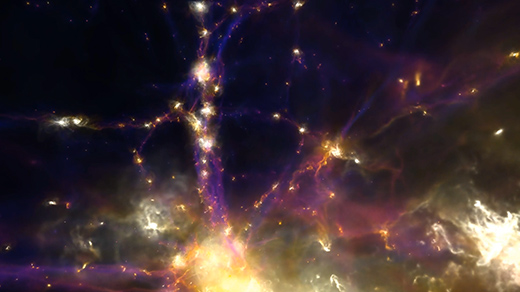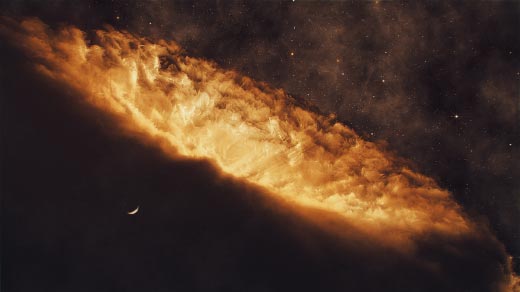What's up in
Computational astrophysics
Latest Articles
Astronomers Find Secret Planet-Making Ingredient: Magnetic Fields
Scientists have long struggled to understand how common planets form. A new supercomputer simulation shows that the missing ingredient may be magnetism.
Physicists Identify the Engine Powering Black Hole Energy Beams
Supermassive black holes emit jets of white-hot plasma that stretch thousands of light-years across the cosmos. For the first time, researchers have identified what’s creating these jets.
Secret Ingredient Found to Power Supernovas
Three-dimensional supernova simulations have solved the mystery of why they explode at all.
How Artificial Intelligence Is Changing Science
The latest AI algorithms are probing the evolution of galaxies, calculating quantum wave functions, discovering new chemical compounds and more. Is there anything that scientists do that can’t be automated?
Galaxy Simulations Offer a New Solution to the Fermi Paradox
Astronomers claim in a new paper that star motions should make it easy for civilizations to spread across the galaxy, but still we might find ourselves alone.
Prepping for a Flood of Heavenly Bodies
Mario Jurić is leading the push to get astronomy ready for the torrents of data that are about to flow.
The Universe Is Not a Simulation, but We Can Now Simulate It
Computer simulations have become so accurate that cosmologists can now use them to study dark matter, supermassive black holes and other mysteries of the real evolving cosmos.
What Made the Moon? New Ideas Try to Rescue a Troubled Theory
Textbooks say that the moon was formed after a Mars-size mass smashed the young Earth. But new evidence has cast doubt on that story, leaving researchers to dream up new ways to get a giant rock into orbit.
